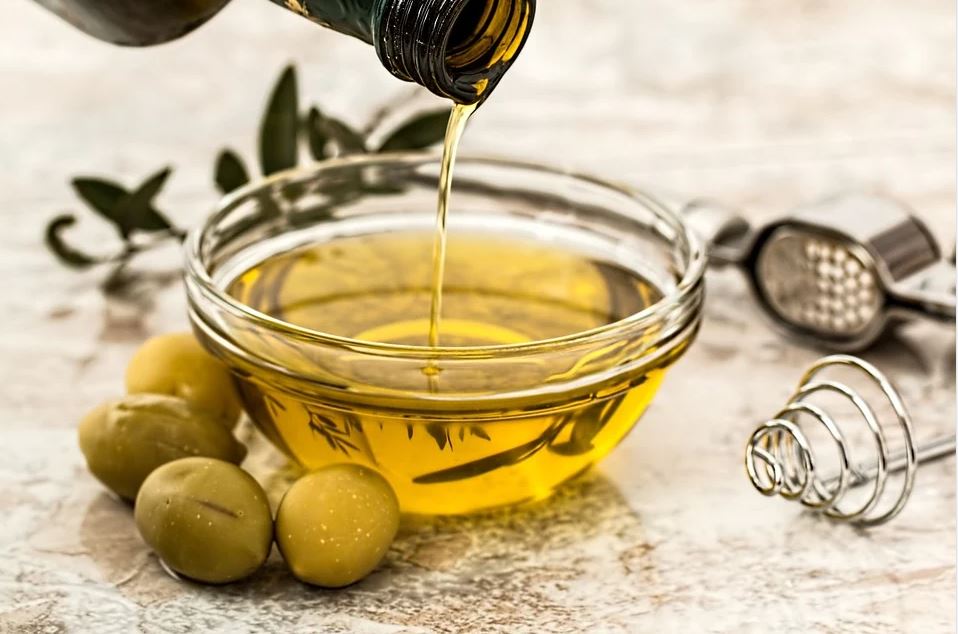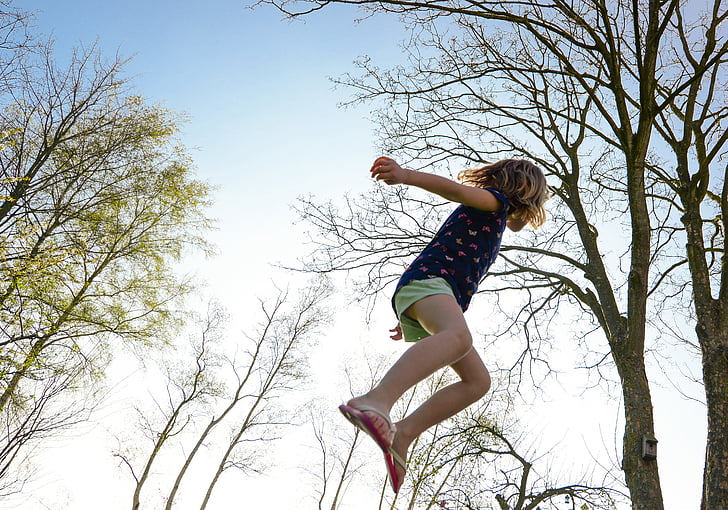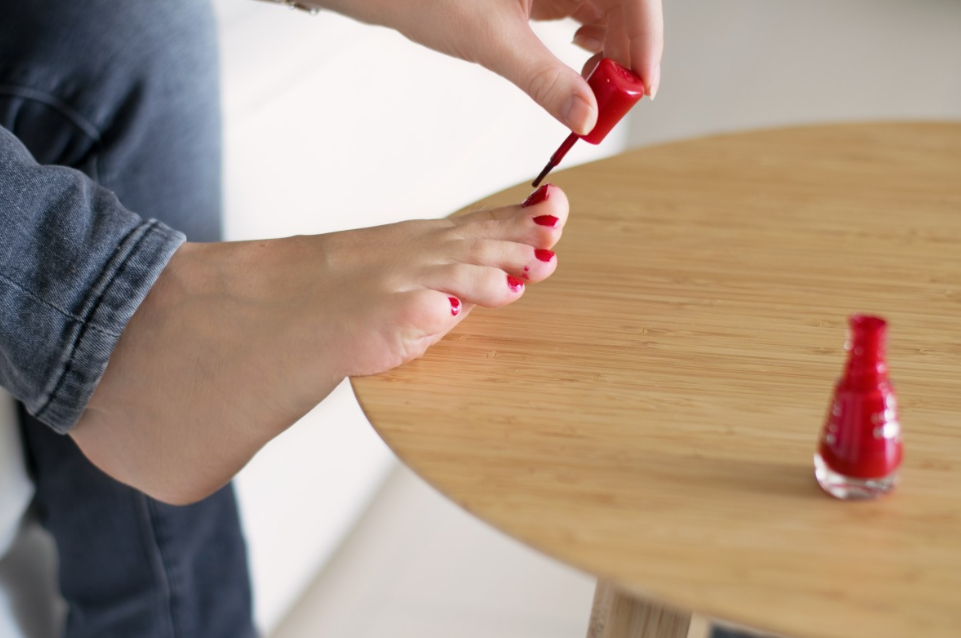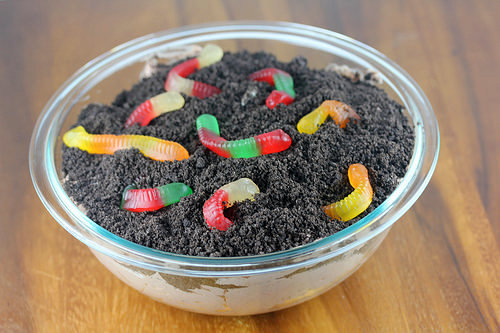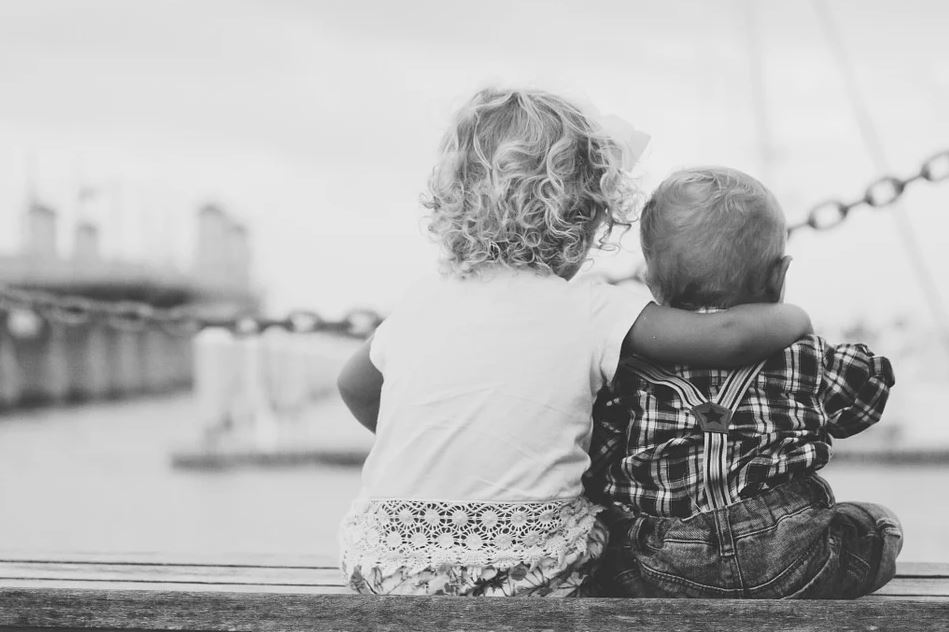
About a year ago, I had lunch with my sister’s mother-in-law-to-be. We were meeting for the first time and she didn’t know who I was, just that I was to be a bridesmaid at the wedding we were both attending.
After the lunch was over, and all the planning had taken place, we got up and walked out together. On the front step of the restaurant, she asked, “Are you her sister?”
I was actually shocked because my sister and I don’t look anything alike and most people don’t jump to that assumption. We have very different skin tones, hair colour, and eye colour. One hundred percent different appearances actually. I said, “Yes! How did you know?”
“You both have the exact same social skills.”
That was the answer I received.
Although my sister and I look like we come from different worlds, this stranger knew we were closely related because of how we behaved in social situations. She must be extraordinarily observant, right? The next Sherlock Holmes?
The Importance
Developing proper social skills is extremely important and should start at a very young age. They’re important because they are an integral part of a functioning society, and even more importantly, they are an integral part of building self-worth and a healthy personal identity. Social skills can dictate how someone will handle pressure and responsibility. They allow someone to make lasting friendships and help interviewees land their dream jobs. They support meaningful communications with strangers and close friends alike in everyday scenarios, helping people properly handle stress and face challenges – they even allow highly tuned strangers to make very accurate predictions to familial connections! From family life, to school life, to work life, and on. Social skills can be a person’s ticket to every kind of encounter.
Fortunately, I knew this even before I was a mom, but the problem was I wasn’t entirely sure how to go about building good skills in my kids. How does one even develop these skills? How did I?
After my encounter with my sister’s soon-to-be-mother-in-law, it was evident to me that there must be a common link somewhere. I was told she could tell who I was by my hand gestures, how I nodded my head when she was talking, and even how I scrunched up my nose when confused. All of this is a form of communication and is how I communicated my feelings without even saying them!
After assuring me she was not the long, lost descendant of a fictional character, I began to think about that common link. As well as my own children and their social skills.
Lead By Example
Now that I’m grown up and am learned in my own brand of social skills (ones that even give away my identity!), how do I promote good social skills in my own kids?
Well one of KARA’s newest newsletters is called Developing Good Friendships and has some great examples of good social skills, such as making eye contact, taking turns sharing information and stories, using facial expressions, and using proper assertiveness to communicate needs.
How can I promote these examples in my own home? Do I have any examples I already do on a daily basis? Luckily, many came to mind!
- Eye Contact – When my chatty five year old, Grizzly Bear, comes bounding into the room to show me his newest invention, I do make sure to pull my eyes away from the screen I’m looking at to have a proper conversation with him. Learning to put down my phone or tear my face away from any form of technology to have a real conversation is so important to me. Growing up, my family had a very primitive computer and we almost never used it. My parents always made proper eye contact with me when I had something to say, so I practice this good behaviour with my children. Long story short, I feel like my kids have great eye contact and know that their stories are coming across to me.
- Taking Turns – Many families share a story time routine in their families. When I was a kid, this was done on the walk home from school. My parents would meet us after a long day and we’d all share a story telling time that focused on what happened that day and why we did or did not have a good day. As my munchkins aren’t in school yet, and they love running rather than walking, we do story sharing time during our evening tooth brushing session. While I brush one child’s teeth, the other can tell us about his day. When I switch kids, the other one has a turn. This way, my kids get to share story telling time, do a little show and tell, and I get to learn a little more about how their day went.
- Facial Expressions – Littler ones, I find, have a very hard time expressing how they feel. Their short sentences of forgotten or made-up words are, luckily, accompanied by the most expressive facial expressions, which are surely the most communicative part of any story, allowing us to piece together their thoughts. My three year old Polar Bear has many dramatic stories, which usually involve big words. He does have a slight tendency to use the letter “L” in words that don’t require it. For me, his Mom, I’m quite used to his jargon and can decipher nearly all of his musings. However, when speaking to his Grandpa, the two seem to communicate purely through facial expressions and sound effects! How do they know how to do this? When my tots were really little, I used facial expressions to encourage them to do something, like eat their spinach. Choo choo! When I was little, my parents also used expressions to show empathy when I got an ouchy. As we’ve all grown, it seems we all still use these facial expressions during all of our social experiences to help us communicate. Who knew!
- Assertiveness – My parents always encouraged us kids to have confidence by allowing us to take our turns sharing our feelings, praising us for practicing, letting us lead activities, and, most importantly, listening to us. Now with my own kids, I also practice these habits in my home and my children, luckily, and with a lot of encouragement, are confident in their communication skills. They are always able to express their needs – even when their needs are more of a want like ice cream! It is so important that they know how to communicate their concerns as well as their musings, and grow as individuals with a healthy appetite for expressing themselves!
Now that I’ve gone through all of these personal examples, I can see the common link my sister and I share! Can you? Yes, we are two dynamite ladies, but that isn’t it. It’s because we have two dynamite parents. J
Role Modelling During COVID
Yes, proper communication skills and assertiveness can allow children to better handle stress, pressures, responsibilities, emotions, and challenges. It may also help instil positive role modelling behaviour into them for when they become parents!
And yes, role modelling is the most effective way to develop these important skills. And the best role models are caregivers – the people whom children see and learn from every day. Which is very lucky when considering these unprecedented times!
When the pandemic first started, I was one of the many, many parents who worried about my children’s development as I grappled with the decision of pulling them out of daycare and educational programming. How were they going to learn how to build relationships? How were they going to learn positive social skills if they weren’t hanging out with youngsters their own ages? It’s a well known fact that young children’s brains develop at warp speed – how could I chance skipping these prime developmental years?
The fact, and a fact I didn’t know until I did some research, is that I wouldn’t have to choose social skills over health. Not by a long shot.
According to Dr. Kathy Hirsh-Pasek, my children have everything they need to develop proper social skills within the four walls of our home. Dr. Kathy Hirsh-Pasek is an infant language specialist working in the Department of Psychology at Temple University. She is world renowned for her contributions to developmental psychology research pertaining to young children and says that the most important thing for children to know during the pandemic is that they are loved and safe. Kai-leé Berke, a senior advisor at Promise Venture Studios for early childhood experts and former CEO of Teaching Strategies, says the most important social interactions are those with their home base, whoever that may be. And I believe it! When I was a kid, I lived on a farm far away from friends. I didn’t have a cell phone to communicate with people and we only had a chance to do a few social outings here and there before we started school. So you see, if we really want our children to learn how to build relationships, then we can do it even under quarantine, because the practice happens with us, the caregivers/role models!
A Final Word
Caregiver role modelling had a lot to do with my social skills. And it has a lot to do with my children’s. More than any other early childhood relationship experience. It’s what made me me – and what made my sister so darn like me.
However, should you feel like getting in some additional fun, family experiences that allow for more out‑of-the-home communication for your child but still within the safety net of your four walls, here are some quick ideas! Let your child draw a picture for his/her friend and mail it to them! Build a block tower, take a photo, and text it to a cousin! Video call grandparents! And chat with neighbours behind your fence! All of these allow for social distancing while still building social skills.
Have fun and stay social – it can change a life!







